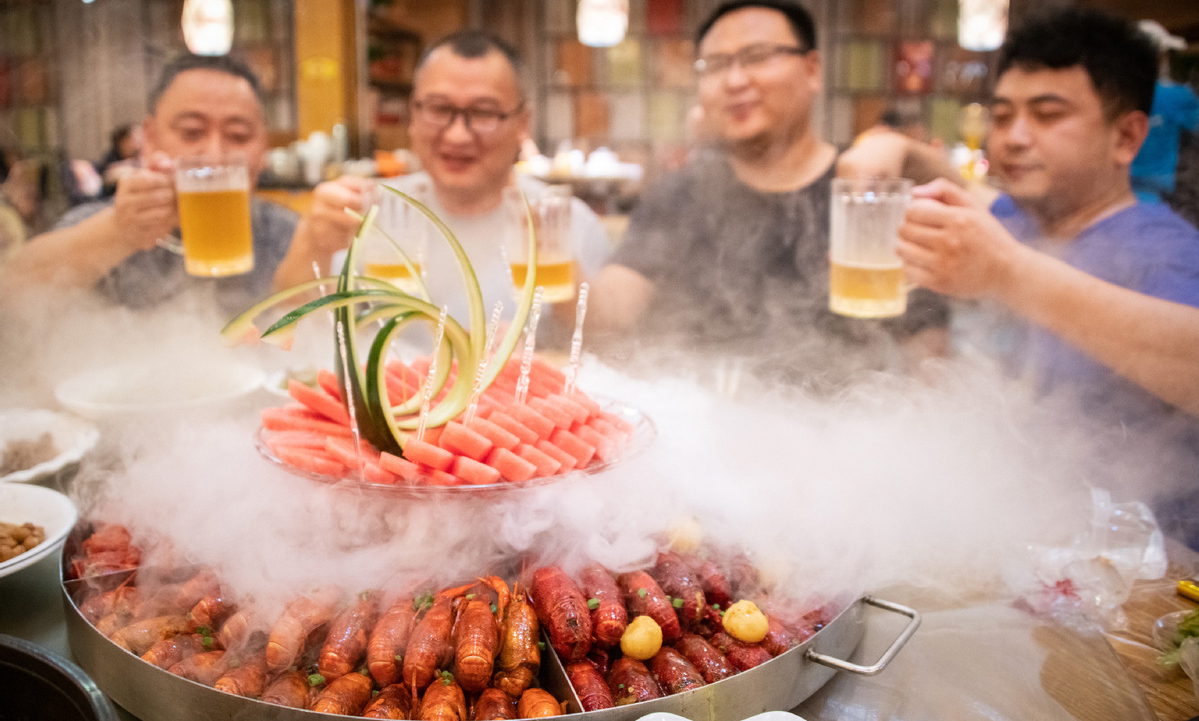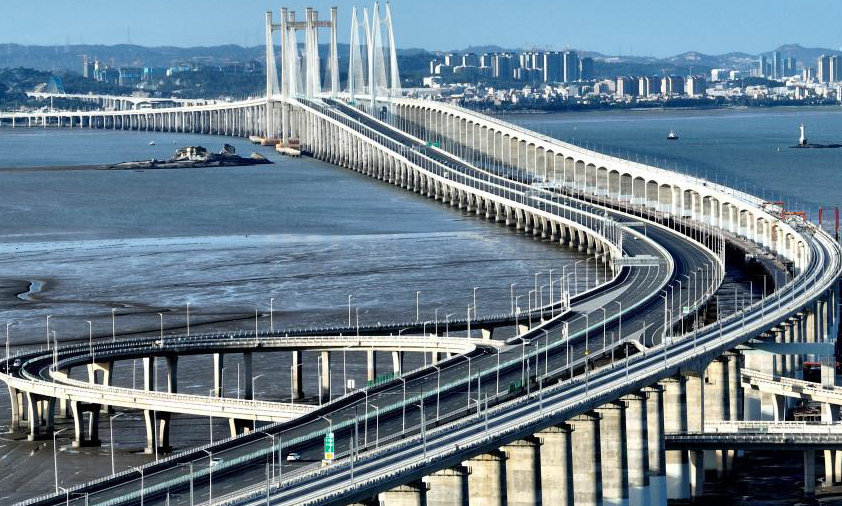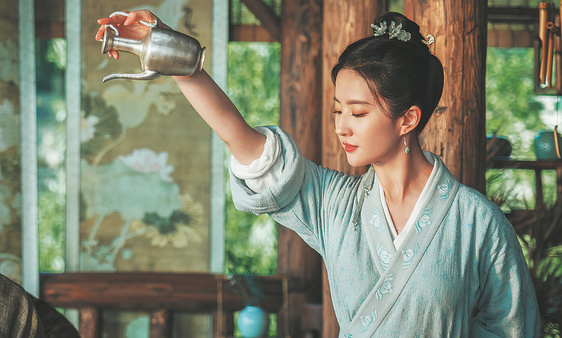Factory-turned culture parks accelerate Beijing’s urban renewal
The 77 Cultural and Creative Park, located at No. 77 Art Gallery on a back street in the Dongcheng district of the Chinese capital, is a well-known destination with a modern taste.
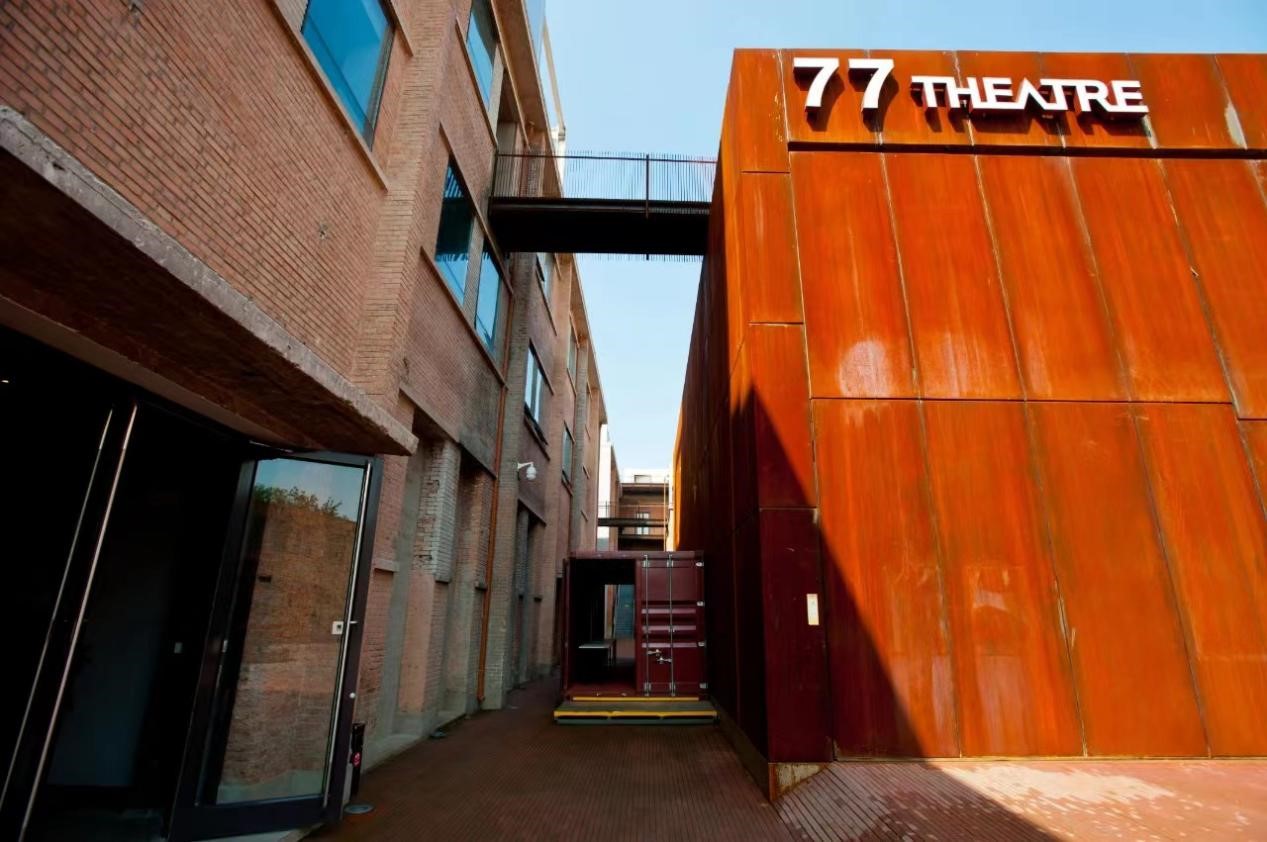
Photo shows the 77 Theater. (Photo from an official account of Beijing’s Dongcheng district on WeChat)
Compared with other culture parks in Beijing which feature skyscrapers and fancy facilities, the 77 Cultural and Creative Park quite maintains the common touch.
Enclosed by low brick walls, the park houses a number of nostalgic residential buildings that carry the local features of Beijing. At the entrance of an alley beside the park, laughter of children is always heard. Eldely people sit on stone stools by walls sunning themselves, and bicycles are always seen passing by the crowds.
The 77 Cultural and Creative Park was transformed from a 1950s offset printing factory. Many industrial relics of the factory have been retained, including the office buildings built with red bricks, large chimneys and hot stamping machines. These relics are a link between the past and the present, and make the park a natural part of the lively atmosphere surrounding it.
“The park’s got class. It’s beautiful,” said a citizen surnamed Du living near the park. As a photography enthusiast, he’d always take some photos at the park on weekends. “I think it’s better than the renowned 798 Art Zone, because it’s smaller so I can reach almost every corner of it,” Du added.
Drama has always been a theme of the park, which was renovated since 2012 and put into operation in May 2014. The machine maintenance workshop-turned 77 Theater is a major landmark in the park. Built based on the original structure of the workshop, the theater is modern and operational.
To allow visitors to enjoy art in a more comfortable environment, the 77 Cultural and Creative Park is indirectly subsidizing the drama industry by lowering the rent. In the park, there are 18 rehearsal halls for rent, and the rental is quite cheap. This has attracted a large batch of actors and crews. The lowered production cost also enables the audience to enjoy dramas at a fairer price.
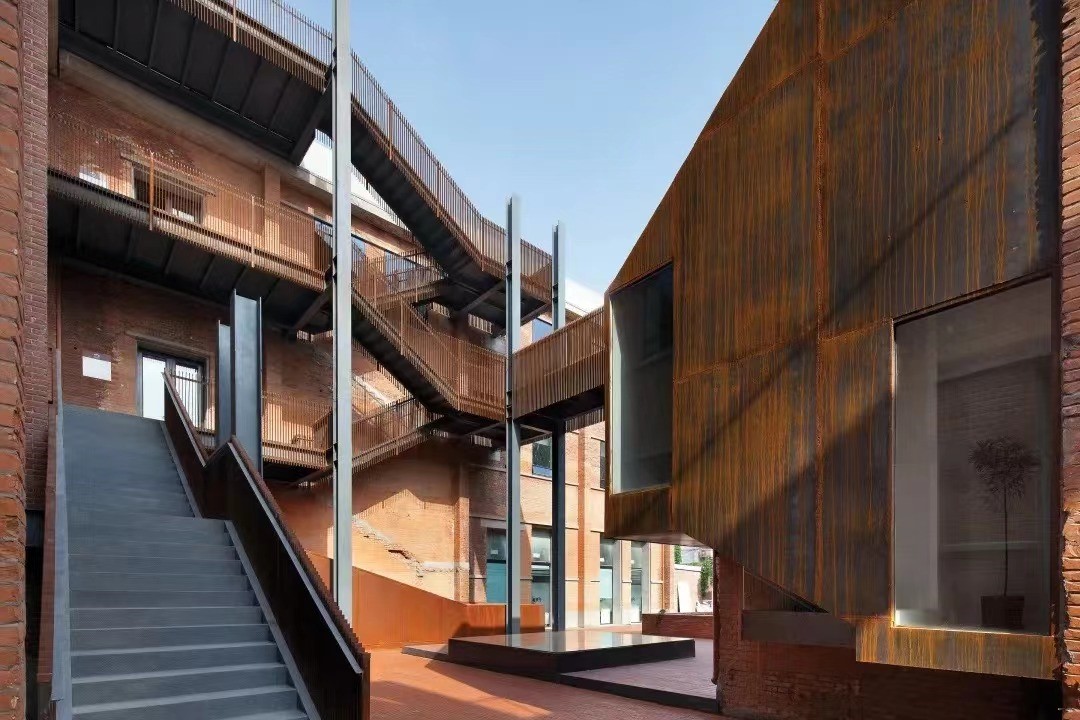
Photo shows the 77 Cultural and Creative Park. (Photo from an official account of Beijing’s Dongcheng district on WeChat)
At present, there are over 200 original dramas being rehearsed in the park on average each year, and the park is also home to a number of drama, filming and design enterprises.
The 77 Cultural and Creative Park is an epitome of culture-driven urban transition in Beijing. More and more old factories are taking new looks in the capital nowadays.
Dongcheng district has turned a number of old factories into culture parks. So far, the district has 42 culture parks that cover a total area of 730,000 square meters and house over 5,000 enterprises. Last year, these culture parks reported total revenue of 143.6 billion yuan, becoming a successful example for the functional transition of old factories.
Culture is important in the renewal of cities. “It is because of the guidance of culture, cities can better inherit their material heritage, space and memories, and turn them into new industries and scenarios that meet modern demands,” said Song Yang Yang, deputy director of the Institute of Creative Industries Technology at the Renmin University of China.
As the cultural center of China, Beijing enjoys a profound cultural background and rich cultural resources. It sees natural advantages in developing the cultural industry.
Under the guidance of relevant measures rolled out by the municipal government of Beijing, a number of culture parks with distinctive features are rising in the city, contributing to urban renewal. They have become an innovative ground for culture-science integration, a cluster of leading cultural enterprises, and popular destinations for the citizens.
Cultural parks are not only revitalizing the city, but also creating wider space and more opportunities for the people living in it.
Photos
Related Stories
Copyright © 2022 People's Daily Online. All Rights Reserved.






